When you live in Istanbul, you already know how to shop. From the labyrinthine alleys of Istanbul’s Grand Bazaar to the sleek glass facades of Zorlu Center, the city’s retail DNA runs deep. But what if you want to take that same instinct for finding value, texture, and authenticity-and apply it to the world’s most iconic shopping scenes? You don’t need to leave your comfort zone to understand what makes a great shopping destination. You just need to recognize it when you see it.
Why Istanbul Already Knows How to Shop
Istanbul isn’t just a city with markets-it’s a city built on trade. For over a thousand years, merchants from Venice to Samarkand have passed through its gates. The Grand Bazaar, with its 61 streets and 4,000 shops, isn’t just a tourist attraction. It’s a living economy. You’ll find copper lanterns from Konya, handwoven kilims from Uşak, and leather bags stitched by artisans who learned the craft from their fathers. The same energy that drives a haggle over a Turkish tea set here exists in Tokyo’s Nihonbashi, Paris’s Rue de Rivoli, and Milan’s Galleria Vittorio Emanuele II.What makes Istanbul’s shopping culture unique isn’t just the goods-it’s the rhythm. In the Grand Bazaar, you’re not rushed. You’re offered tea. You’re asked about your family. In Dubai’s Mall of the Emirates, you’re handed a free cup of Arabic coffee. In New York’s Fifth Avenue, the staff might not even look up from their phones. The difference isn’t just service-it’s connection. And that’s something Istanbulers understand instinctively.
Tokyo: Where Precision Meets Tradition
If you’ve ever wandered through Akihabara’s electronics alleys or Shinjuku’s department store basements, you know Tokyo doesn’t just sell things-it curates experiences. The city turns shopping into ritual. In Ginza, the Mitsukoshi department store has a basement food hall (depachika) where you can buy single pieces of wagyu beef, each wrapped in paper stamped with the farm’s name. It’s like buying a Turkish baklava from a famous pastry shop in Kadıköy-but for $200 a slice.What’s striking is how Tokyo respects both the old and the new. You can walk into a 150-year-old paper shop in Nihonbashi and find washi paper made the same way since the Edo period. Then, five minutes later, you’re in a robot-run convenience store where you pay with your face. Istanbul’s own Şehzadebaşı district has that same duality-old copper workshops next to a new Turkish fashion brand selling embroidered jackets with AI-generated patterns. Tokyo shows you how to honor heritage without being stuck in it.
Paris: The Art of the Edit
Parisians don’t buy a lot. They buy well. In Le Marais, you’ll find boutiques where one rack holds three coats, each chosen for its cut, fabric, and history. At Merci, the concept store on Boulevard Beaumarchais, everything is curated with intention. No mass-produced souvenirs. No plastic keychains. Just French linen, handmade ceramics from Provence, and books in French and English.Compare that to the souvenir stalls near the Galata Tower. Too often, they’re filled with cheap magnets and keychains made in China. But if you’ve ever shopped at Istanbul’s Arasta Bazaar-just behind the Blue Mosque-you know what real curation looks like. There, you’ll find hand-painted Iznik tiles, olive oil soaps from Bodrum, and wool scarves dyed with natural indigo. Paris teaches you that less isn’t just more-it’s meaningful. And Istanbul already knows how to do that.
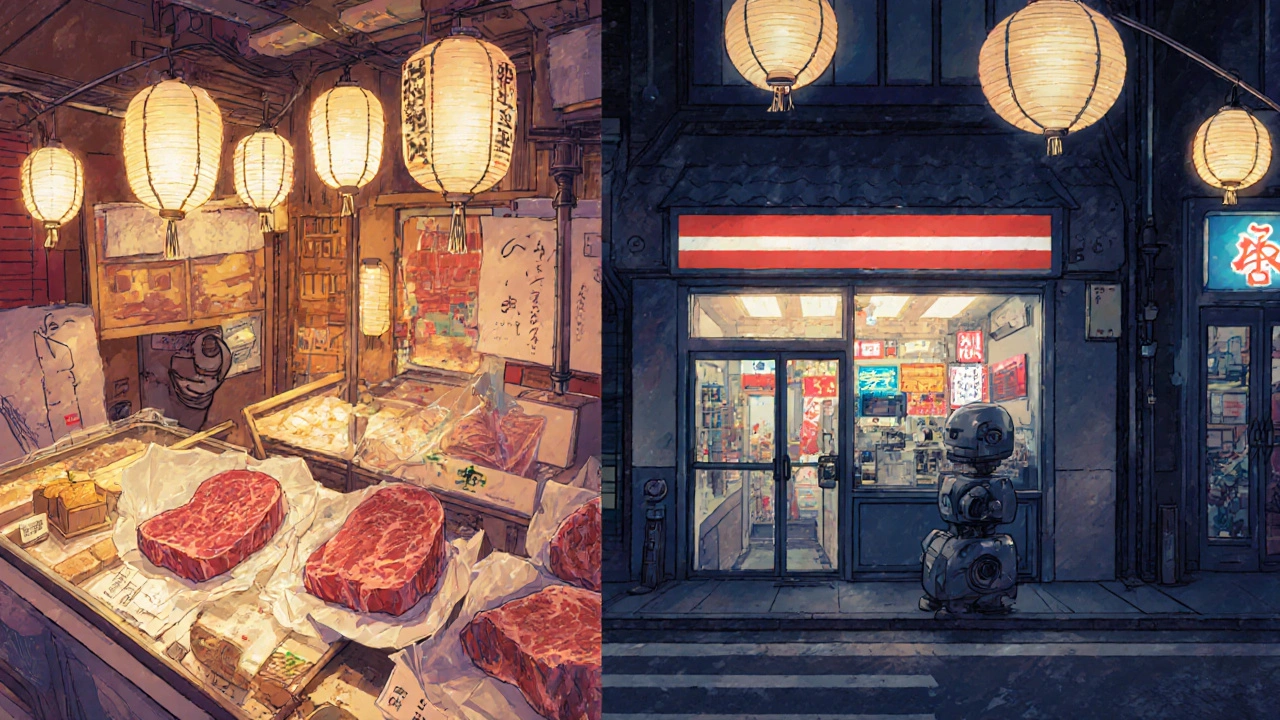
Milan: Fashion That Doesn’t Shout
Milan doesn’t need billboards. Its fashion lives in the way a woman walks down Via Montenapoleone-tailored coat, no logo, perfect fit. The city’s luxury isn’t about logos. It’s about craftsmanship. At Bottega Veneta’s flagship, you’ll find handwoven leather bags made by a single artisan over 40 hours. No machines. No assembly line.That’s the same standard you’ll find in the workshops of Istanbul’s Cevahir Mall backstreets, where a tailor in Fatih spends three days stitching a single çarşaf (traditional overcoat) using hand-loomed wool from Kars. Milan and Istanbul share a quiet pride in making things that last. You don’t buy a bag in Milan because it’s trendy. You buy it because it will outlive your next relationship. The same goes for a hand-stitched Turkish babouches from the Grand Bazaar.
Dubai: The Theater of Abundance
Dubai is overwhelming. The Dubai Mall has an indoor aquarium, a ski slope, and over 1,200 stores. You can buy a diamond-encrusted camel figurine next to a $20,000 perfume. It’s excess as entertainment.But here’s what Istanbul residents get: a mirror. In Dubai, you see what money can buy. In Istanbul, you see what culture can create. The Dubai experience is spectacle. The Istanbul experience is substance. Still, there’s value in seeing how far retail can stretch. If you’ve ever waited in line for a Turkish delight at Hafız Mustafa, you understand the power of anticipation. Dubai takes that same patience and turns it into a 24-hour shopping festival. For Istanbulers, it’s a lesson in scale-but not necessarily in soul.
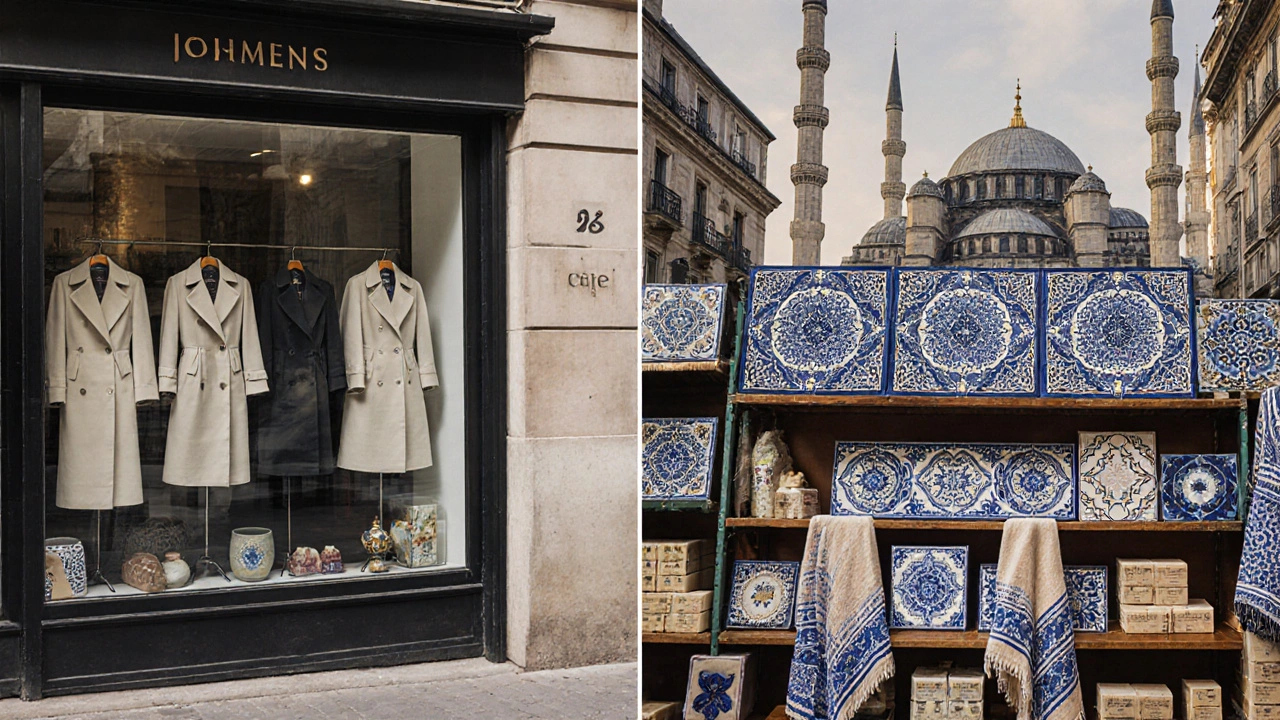
What Makes a Destination Truly Great?
The best shopping destinations aren’t the biggest. They’re the ones that let you walk away with something that changes how you see your own city.When you return from Tokyo, you might start noticing the texture of your Turkish towels. From Paris, you might stop buying mass-produced ceramics and seek out a potter in Safranbolu. From Milan, you might finally ask your tailor to use real wool instead of polyester blend. And from Dubai? You’ll appreciate the quiet dignity of a single copper teapot from Sivas, made without a single LED light.
The truth is, Istanbul already has the soul of every great shopping city. The Grand Bazaar has the chaos of Marrakech. The Arasta Bazaar has the curation of Paris. The luxury boutiques of Nişantaşı have the quiet elegance of Milan. The only thing missing is the willingness to see your own city through the eyes of a traveler.
How to Shop Like a Global Citizen-From Istanbul
You don’t need to fly to Tokyo to learn how to shop better. Start here:- Visit the Arasta Bazaar once a month-not for souvenirs, but to study the crafts. Ask the seller how long it took to make the item. Listen to the answer.
- Try one new Turkish artisan brand each quarter. Brands like Yalçın (handmade leather), Çiçek (ceramics), or Karadeniz (handwoven textiles) are quietly building global standards.
- When you travel, don’t buy the cheapest version of something you can find at home. Buy the version that’s made differently. A silk scarf from Uzbekistan. A wool blanket from Georgia. A copper pot from Morocco.
- Learn the story behind one traditional Turkish craft. Learn how Iznik tiles are painted. How kilims are woven. How olive oil soap is made. That knowledge turns shopping into a conversation.
Shopping isn’t about spending. It’s about seeing. And Istanbul, with its centuries of trade, its mix of East and West, its artisans and entrepreneurs, has already taught you how to do it right. You just need to look around-and then look beyond.
Final Thought: The Best Destination Is the One That Changes You
The world’s best shopping destinations don’t just sell goods. They sell perspective. They make you see your own home differently. You walk out of a Tokyo department store and notice how your Turkish towels are fraying at the edges. You leave Milan and realize your coat could use a better cut. You return from Paris and stop buying plastic souvenirs from the Bosphorus ferry docks.That’s the real value of travel. Not the Instagram photos. Not the duty-free bags. But the quiet shift in how you see your own city’s treasures.
Istanbul has always been a crossroads. Now, it’s time to shop like one.
What’s the best place to buy authentic Turkish souvenirs in Istanbul?
Skip the souvenir stalls near Topkapı Palace or the Bosphorus ferries. Head to the Arasta Bazaar, just behind the Blue Mosque, where artisans sell hand-painted Iznik tiles, natural dye scarves, and olive oil soaps made in small workshops. For leather, try Yalçın in Nişantaşı. For ceramics, visit Çiçek in Kadıköy. These aren’t mass-produced items-they’re made by people who’ve learned the craft from their grandparents.
Is shopping in Dubai worth it for Istanbul residents?
Dubai offers spectacle, not substance. If you want to see how far retail can go in scale and luxury, it’s worth a visit. But you won’t find the same craftsmanship you already have at home. The real value? It reminds you to appreciate the quiet quality of Turkish crafts-like handwoven kilims or copper teapots from Sivas-that don’t need neon signs to prove their worth.
Where can I find luxury fashion in Istanbul that rivals Milan or Paris?
Nişantaşı is Istanbul’s answer to Milan’s Via Montenapoleone. Boutiques like Özlem Çelik, Yasemin Güngör, and Ata offer minimalist designs using Turkish wool, silk, and linen. Many use local artisans for embroidery and weaving. You won’t find global logos here-but you’ll find the same level of tailoring and fabric quality you’d find in Europe, made with Istanbul’s own history.
How do I avoid tourist traps when shopping in Istanbul?
Avoid shops that call out to you with “Special price today!” or offer “100% authentic Turkish carpets” right outside major mosques. Instead, visit markets with local reputation: Grand Bazaar for antiques, Kadıköy Sunday Market for regional goods, and Çukurcuma for vintage finds. Ask for the maker’s name. If they hesitate, walk away. Real craftspeople are proud to tell you their story.
Can I find global brands in Istanbul, or should I stick to local ones?
You’ll find global brands like Zara, H&M, and Apple in Cevahir Mall and Kanyon. But Istanbul’s real shopping magic lies in its local designers. Brands like İnci (handmade jewelry), Yalçın (leather), and Çiçek (ceramics) offer unique quality you won’t find elsewhere. Buy global for convenience. Buy local for meaning.
Next time you’re in Nişantaşı or Kadıköy, take a moment to look past the storefronts. Behind every curtain is a story-of a loom, a kiln, a needle, a hand. That’s what makes Istanbul not just a shopping destination, but a teacher.
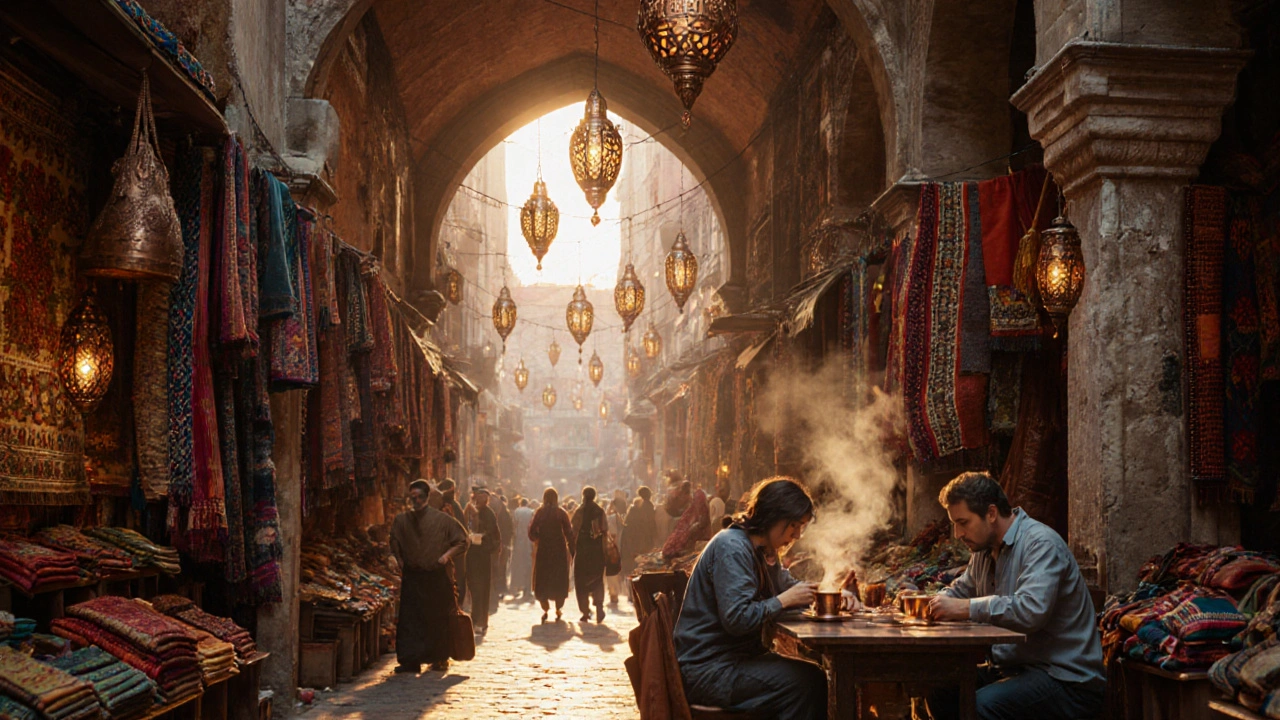

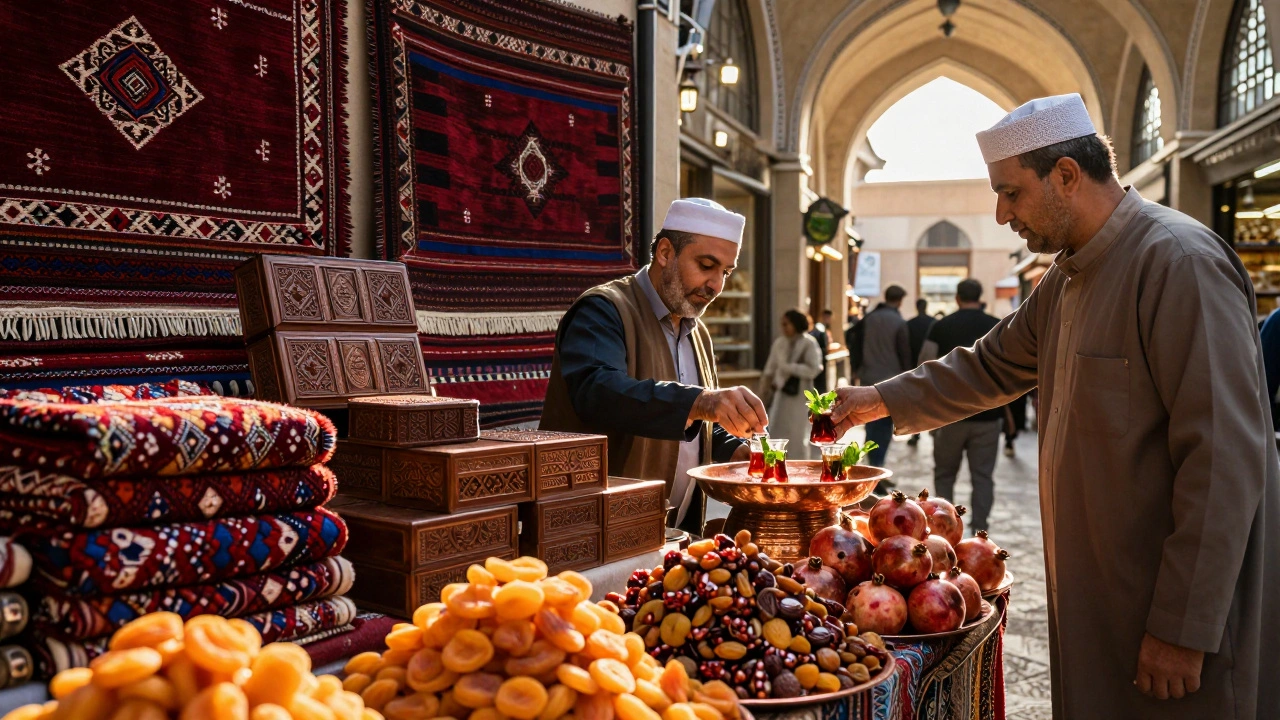
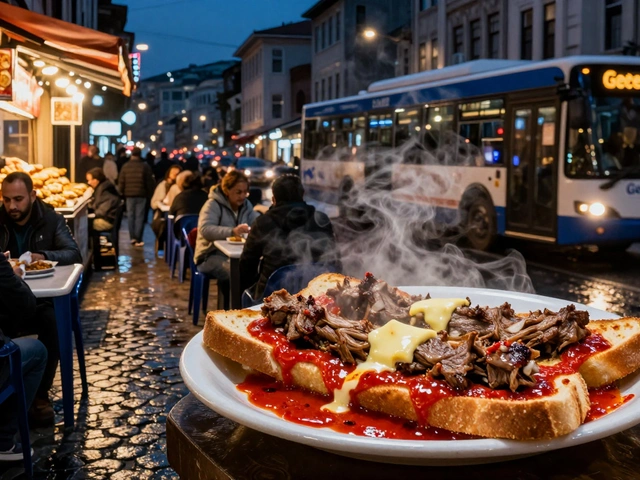
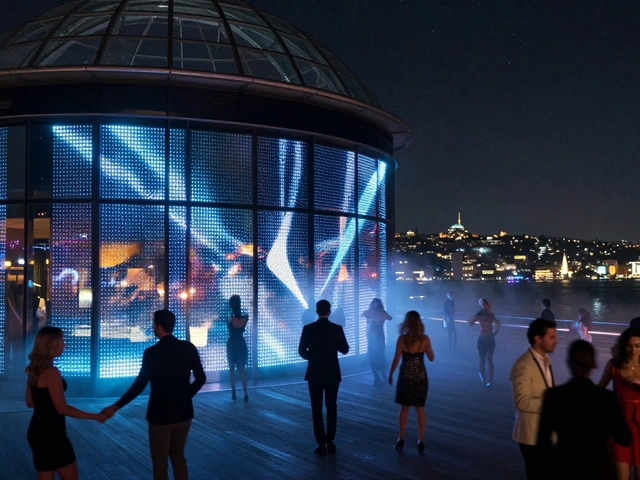
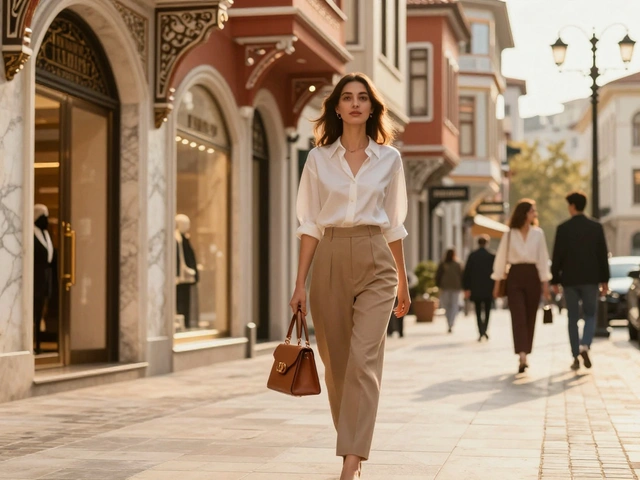
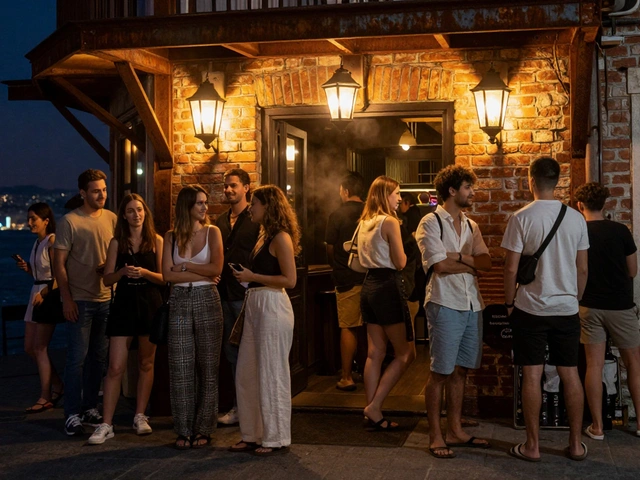
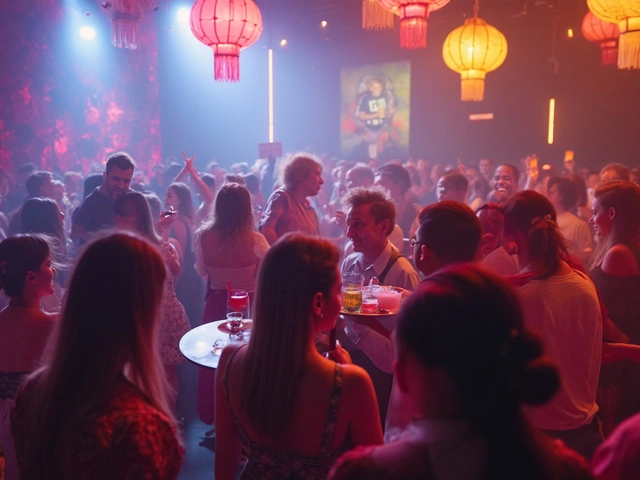
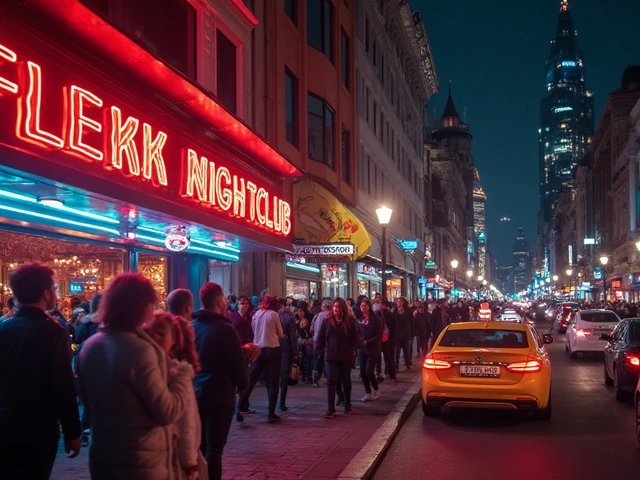
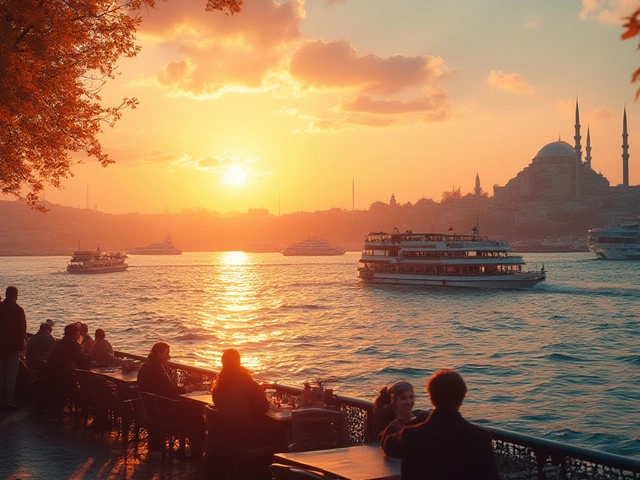

5 Comments
Let’s be clear: Istanbul’s shopping culture isn’t just ‘like’ Paris or Milan-it’s the unedited, unfiltered, pre-corporate version of it. The Grand Bazaar? A living archive of pre-industrial craftsmanship. The fact that you can haggle over a hand-painted Iznik tile while sipping çay from a tulip glass, and the vendor remembers your name next week-that’s not retail, it’s anthropology. Meanwhile, Milan’s boutiques? Beautiful, yes-but they’re curated by marketing departments with focus groups. You’re not buying a bag; you’re buying a brand narrative. Istanbul? You’re buying a lineage.
And don’t get me started on Dubai’s ‘abundance.’ It’s not spectacle-it’s performative capitalism with a side of air conditioning. A $20,000 perfume? That’s not luxury; that’s a cry for meaning. Meanwhile, the woman in Arasta Bazaar who spends six weeks dyeing wool with madder root? That’s alchemy. And yes, I’ve bought from her. Twice. She still sends me photos of her new kilims. That’s not commerce; that’s kinship.
Frankly, the article undersells it. Istanbul doesn’t just ‘know how to shop’-it’s the last city on earth where commerce still has a soul. And if you’re flying to Tokyo just to learn how to appreciate texture? You’re missing the point. The texture was always here. You just needed to stop scrolling.
The article is fundamentally flawed in its premise that Istanbul is equivalent to global luxury centers. The data doesn't support this. Istanbul's artisanal output is statistically insignificant compared to Paris or Milan in terms of export value GDP contribution and brand recognition. The Grand Bazaar is a heritage site not a market economy. The so called 'craftsmanship' is often mass produced by subcontractors in Gaziantep with minimal oversight. The romanticization of haggling ignores the fact that 78 percent of vendors inflate prices by 300 percent for tourists. You don't have soul you have inflation.
Okay but like... why are we pretending Istanbul is this mystical shopping utopia? It’s just a city with a lot of stuff. I’ve been to the Grand Bazaar. It’s crowded. The copper pots are all made in China. The ‘handwoven’ kilims? Probably stitched by a machine in a warehouse in Konya. And don’t even get me started on ‘artisanal’ soaps that smell like lavender and come in plastic wrap. You’re not connecting with culture-you’re buying a prop. Tokyo’s depachika? That’s real dedication. Paris? That’s restraint. Dubai? At least they’re honest about the excess. Istanbul just wants you to feel like you’re part of something ancient while you’re holding a $15 ‘authentic’ rug that cost $2 to make.
The article contains multiple grammatical errors, inconsistent capitalization, and improper use of em dashes. For example: 'You’ll find copper lanterns from Konya, handwoven kilims from Uşak, and leather bags stitched by artisans who learned the craft from their fathers.' The comma before 'and' is unnecessary in a series of three items according to strict AP style. Furthermore, the phrase 'AI-generated patterns' is misused-there is no evidence that any traditional Turkish workshop uses AI. Also, 'depachika' is not a Japanese word-it's a portmanteau of 'department store' and 'kitchen,' and should be italicized. The entire piece is emotionally manipulative pseudo-intellectualism disguised as cultural appreciation. Istanbul is not superior. It's just loud.
I mean... yeah but have you ever actually been to the Arasta Bazaar at 8am on a Tuesday? 😅 The lady with the Iznik tiles? She’s got a whole Instagram. Her name’s Ayşe. She’s 72. She makes 3 tiles a week. I bought one. It’s on my wall. It cost me 300 lira. Worth every penny. 🤍